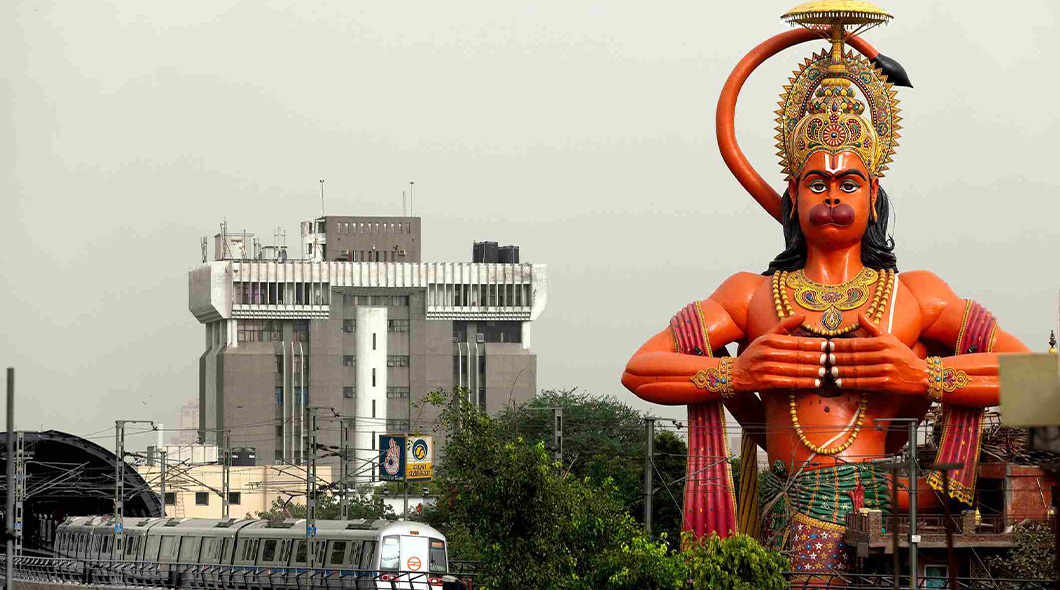Hello, fellow travelers!
If you’re reading this, you’re probably gearing up for an epic hiking or trekking trip.
Well, if that’s the case, then I’d suggest you continue reading because this is going to turn out really helpful.
If this is your first time planning a trek, I can understand how confused or clueless you might be about certain things – what to pack, how much is enough, whether will it all be safe, etc, etc.
Well, that was me a few years back when I went for my first hike in the Himalayas where I made certain mistakes, felt helpless without the right gears, and almost panicked when things went haywire.
Nonetheless, I must say it was a one-of-a-kind experience, memories of which will forever remain etched in my heart. It was from this experience I learned the importance of mindful packing. And I must say that whether you’re a seasoned trekker or a newbie ready to embrace the great outdoors, packing the right hiking gear can make or break your adventure.
Hence, to make sure you’ve got everything you need, here’s a handy packing checklist for your next hiking or trekking adventure.
What to Pack for Your Hiking or Trekking Trip?
Here are the 10 items that you must have in your backpack:
1. Sturdy Hiking Boots
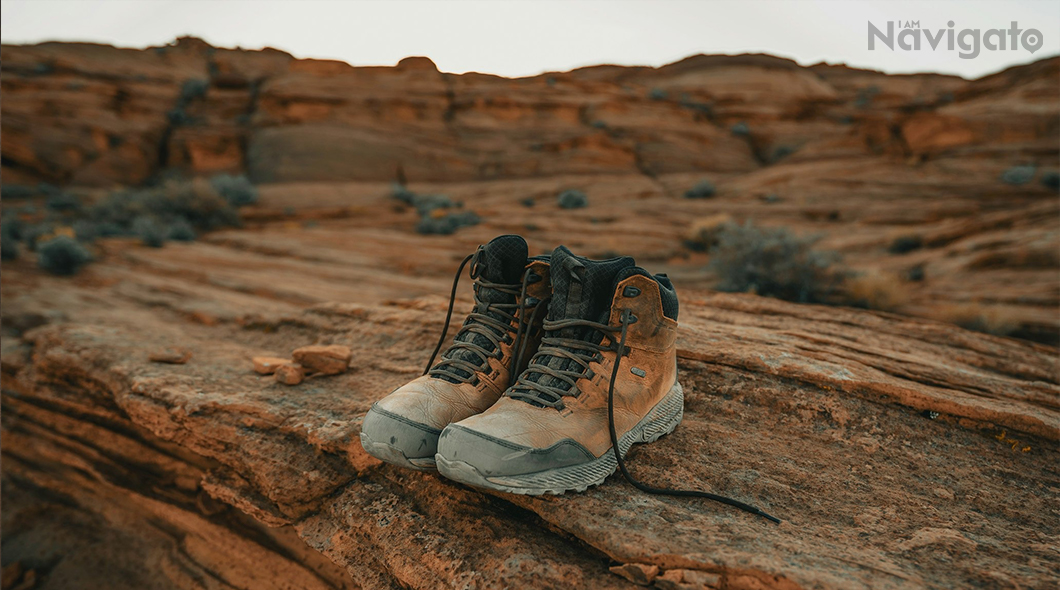
First things first, let’s talk about footwear. Your feet are going to be doing most of the work, so treat them right with a pair of comfortable hiking boots that fit well and have enough room for your toes. While at it, opt for boots built with breathable, waterproof fabric to keep your feet dry, and prevent sweat and blisters. Trust me, the last thing you want is to be slipping and sliding on rocky terrain or ending up with blisters halfway through your hike. So, be well-prepared.
Pro Tip: Try on your boots before the big trip. Wear them on shorter hikes or even around the house to avoid blisters when you are out in the wild.
2. Comfortable Backpack
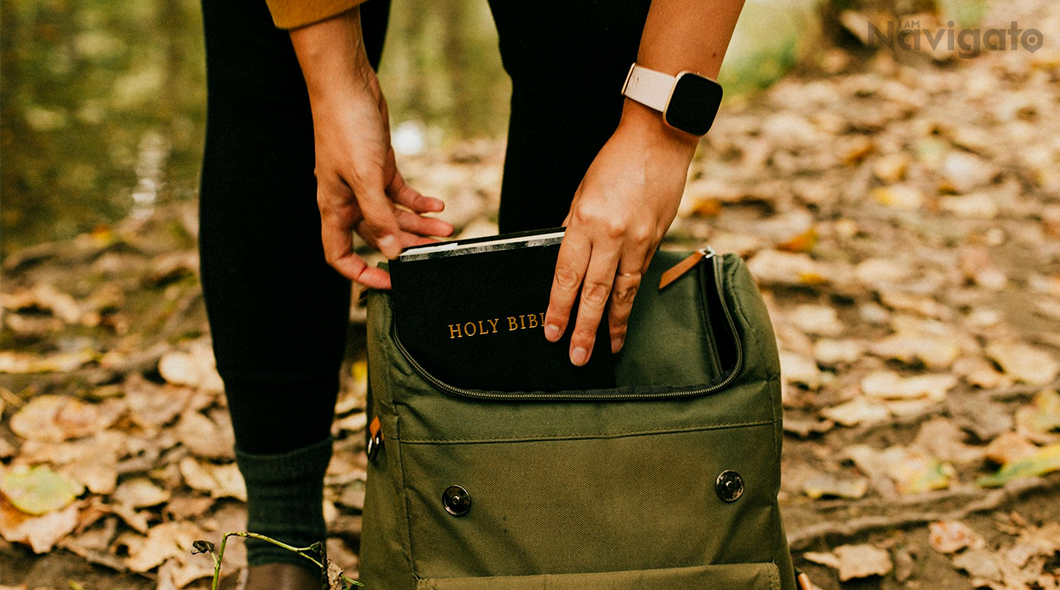
Your backpack is going to be your best friend on the trail. So, make sure to choose one that fits well, has adjustable straps, and provides ample support for both your back and shoulders. And while packing your stuff, keep heavy items close to your back as this will help maintain balance and reduce the overall strain on your shoulders. Know that it’s important to distribute the weight evenly to avoid back pain or any other issues.
Meanwhile, I’d also suggest looking for a backpack with multiple compartments as this will help keep all your gear well organized. Meanwhile, it will also allow for easy access so that if you are stuck in a situation you just don’t keep digging for the right thing only to find it nowhere.
Pro Tip: Go for a backpack with a built-in hydration system or one that has pockets for water bottles. Staying hydrated is crucial!
3. Navigation Tools
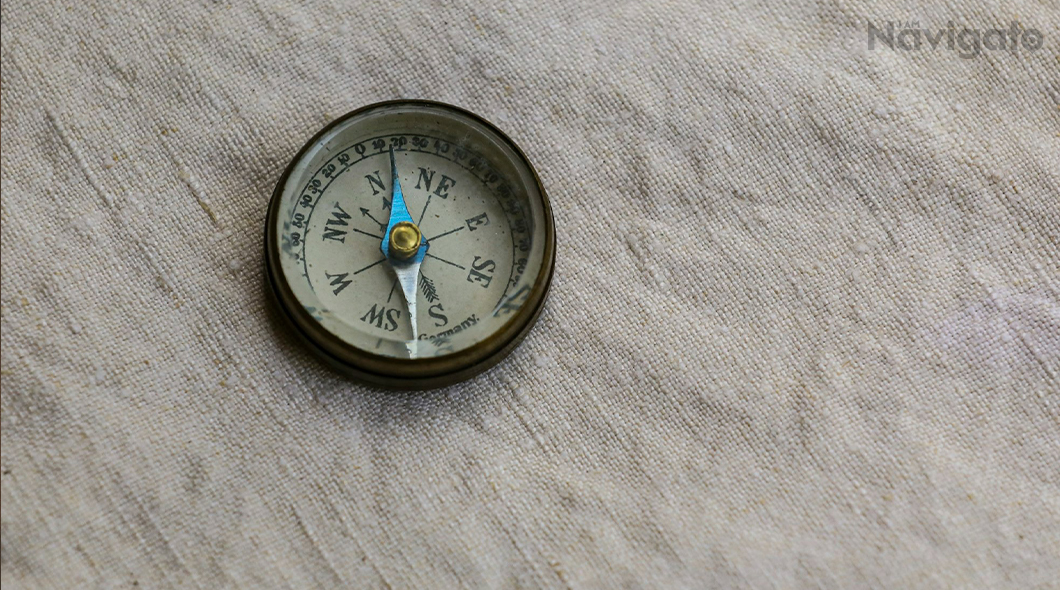
Even if you’re a modern-day explorer relying on your smartphone’s GPS, having traditional navigation tools like a map and a compass is very important.
Reason?
Technology can fail, batteries can die, and signal can be lost, but these traditional devices always turn out best as a backup. And not to forget, download offline maps and save important waypoints before you head out.
Pro Tip: Learn how to use a map and compass before your trip. There are plenty of online tutorials and resources to help you get the hang of it.
4. First Aid Kit

Accidents happen, and most of the time, they are inevitable. When I went for my first hiking trip, I only carried a few paracetamol tablets and bandaids thinking what more could happen on the trail. However, turns out that was my worst decision. I got my leg twisted, and because of this, I had to halt my trek for a while. Though I got the required first aid from my friends, I learned my lesson of carrying a personal first aid kit with all the required essentials.
So, what I actually want to convey here is to always pack a basic first aid kit that includes bandages, antiseptic wipes, pain relievers, tweezers, and any prescription-based medications you might need. Trust me, it’s better to have it and not need it than to need it and not have it.
Pro Tip: Customize your first aid kit based on the length and location of your hike. Add items like blister treatment, insect repellent, and sunscreen.
5. Multi-Tool or Swiss Knife
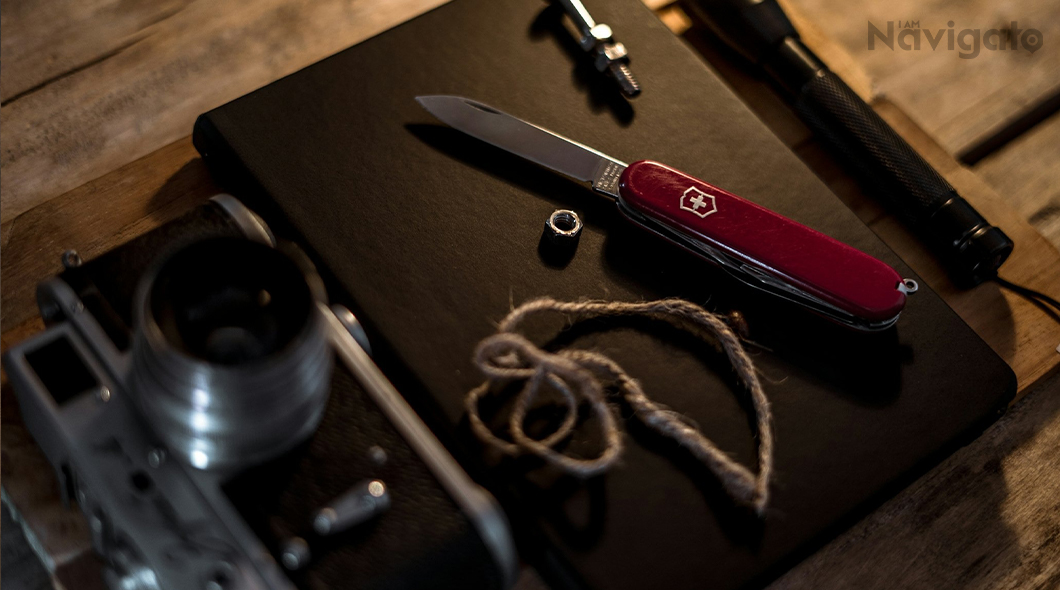
I can’t tell you how many times this Swiss knife has turned out to be a lifesaver for me. It complies with a variety of tools like pliers, screwdrivers, scissors, knife blades, and more. You can use it for almost anything and everything – be it cutting ropes, building shelter, opening packages, preparing food, and even as a means of self-defense; it is that one versatile piece of gear that everyone should own. Just make sure, that your knife is made of high-quality materials and is easy to handle.
Pro Tip: Familiarize yourself with the various tools and functions of your multi-tool before you head out. You don’t want to be fumbling with it when you need it most.
6. Comfortable Clothing

If you are planning on a snow trek, dressing in layers is the key to staying comfortable on your hike. For the topwear, you can pick a moisture-wicking base layer to keep sweat away from your skin, add an insulating layer like a fleece or down jacket, and finish with a waterproof and windproof outer layer. Don’t forget a hat and gloves for added warmth.
Talking of the bottomwear, i’d suggest you invest in a decent pair of waterproof, cargo-styled trek pants with multiple pockets. The waterproof quality will help keep you dry and comfortable if you are to cross water streams or even make your way in the snow while a good number of pockets will allow you to keep things like eatables, swiss knife, etc., handy.
Pro Tip: If you are trekking in a snowy region, avoid cotton clothing as it retains moisture and can leave you feeling cold and damp. Opt for synthetic or wool materials instead.
7. Food and Snacks
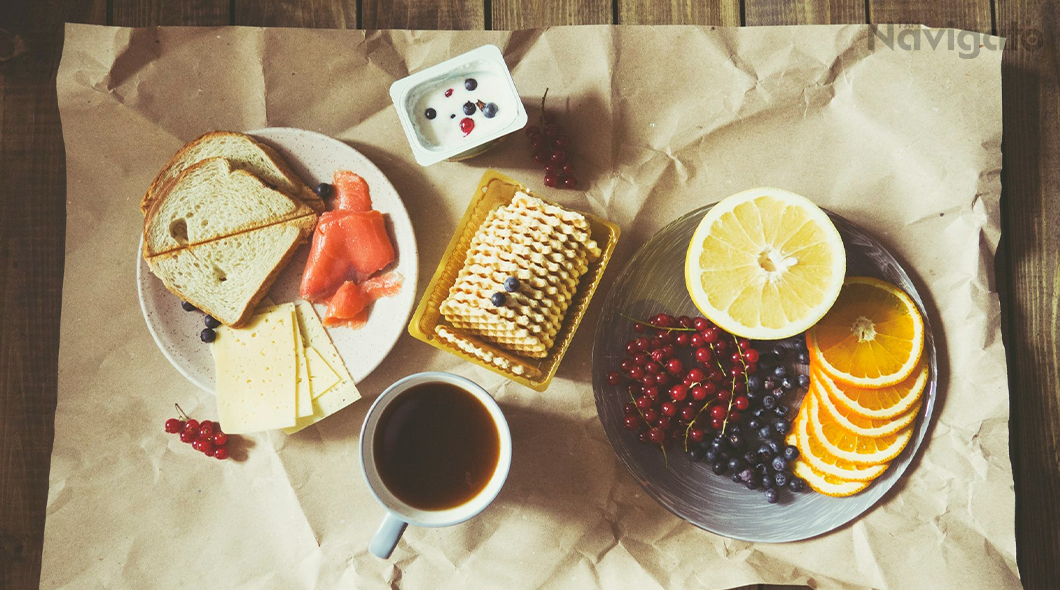
Pack enough snacks to keep your energy levels up throughout the hike. I always prefer carrying snacks like nuts, dried fruit, energy bars, and a few chocolates. They are high in nutrition and take up very little space in your backpack. However, If you’re going on a longer trek, consider bringing dehydrated meals that you can easily prepare with hot water, without much hassle.
Pro Tip: Always carry a little more food than you think you’ll need. It’s better to have extra than to run out, especially in case of an unexpected delay.
8. Water Bottle

DO NOT forget to keep yourself hydrated all throughout the trek. Most of the time, when you are hiking in higher regions, you don’t actually realize that you are sweating due to cool temperatures. But in reality, you are actually losing water and electrolytes.
Therefore, always keep a water bottle handy and regularly refill it from the natural streams. I’d suggest you invest in a sturdy water bottle that does not break or leak easily by falls.
Pro Tip: Monitor your water intake and take regular sips instead of waiting until you’re thirsty. Dehydration can sneak up on you and lead to serious problems.
9. Emergency Shelter
I never found it important to carry an emergency shelter until we were halted by a rainstorm during one of our trekking trips. Luckily two of my other friends (rather smart friends) were carrying a tent that we set up together to stay safe and dry for the time being.
Hence, I’d say even if you’re planning a day hike, it’s best to carry some form of emergency shelter. This could be anything like a lightweight tent, a bivy sack, or even an emergency blanket. Weather can be unpredictable, and having a shelter can protect you from the elements if you need to spend an unfavorable night outdoors.
Pro Tip: Practice setting up your shelter before your trip. You don’t want to be figuring it out in the dark during a rainstorm.
10. Torch or Flashlight

If you are going on a long route hiking trail, know that it may eventually get dark while returning back. Hence, always carry a torch or flashlight as it will help you find your way back to the camp or deal with any unexpected situations. You can also pt
A reliable source of light is essential, whether it’s for navigating in low light, finding your way back to camp, or dealing with an unexpected situation. A headlamp is a great hands-free option, and don’t forget to pack extra batteries.
Pro Tip: Choose a headlamp with multiple brightness settings and a red light option to preserve your night vision.
Also Read : Gurudwara Pathar Sahib : A Complete Guide for Travelers and Tourists
Bonus Tips for a Successful Hike
Now that we’ve covered the essentials, here are a few extra tips to ensure your hiking or trekking trip is a success:
- Plan Ahead
Research your route, check the weather forecast, and let someone know your itinerary. Being well-prepared will help you handle any challenges that come your way.
- Stay on the Trail
Stick to marked trails to avoid getting lost and to protect the natural environment. Venturing off-trail can lead to damaging fragile ecosystems and potentially dangerous situations.
- Pack Out Your Trash
Leave no trace by packing out all your trash and disposing of it properly. This helps preserve the beauty of the outdoors for future hikers.
- Respect Wildlife
Observe animals from a distance and never feed them. Protect wildlife and their habitats by keeping your distance and not leaving food out.
- Know Your Limits
Listen to your body and don’t push yourself beyond your limits. It’s okay to take breaks, turn back, or call it a day if you’re feeling exhausted or unwell.
Conclusion
Hiking and trekking are incredible ways to connect with nature, challenge yourself, and experience the beauty of the great outdoors. By packing these 10 must-have items, you’ll be well-prepared to tackle any trail with confidence. Remember, preparation is key, and having the right gear can make your adventure safer and more enjoyable. So, lace up those boots, pack your bag, and hit the trail with a smile on your face. Happy hiking, and may your journeys be filled with breathtaking views and unforgettable memories!
Frequently Asked Questions (FAQs) :
Q. What not to eat before hiking?
A. Avoid sugary, fried foods and carbonated drinks as these only cause a sudden rise in your blood sugar levels which may make you feel energized but wouldn’t sustain you for the long run. Hence, instead of these, fuel your body with a nutrition-packed meal including nuts, eggs, fresh fruits, or veggies.
Q. How to prepare for a long hike?
A. Here are a few tips to prepare for a long hike:
- Keep everything well planned and organized, right from your tickets, to trekking essentials.
- Get a body checkup done by a health professional.
- Start preparing your body with regular exercises. If you can’t do much, just begin with normal walks and runs.
- Invest in a good pair of hiking shoes with a sturdy sole. Your feet are going to do most of the job while trekking, hence it’s important to keep them comfortable.
Q. What is the most important thing to bring hiking?
A. You must carry a sturdy yet comfortable pair of hiking shoes, suitable clothing wear, a first aid kit, etc with you for hiking.
Q. How do I increase my stamina for hiking?A. To build your stamina, start with regular walks or runs. Moving on, try cardio exercises and strength training to prepare your body for those steep climbs. Alongside physical training, make sure to include breathing exercises in your routine.




